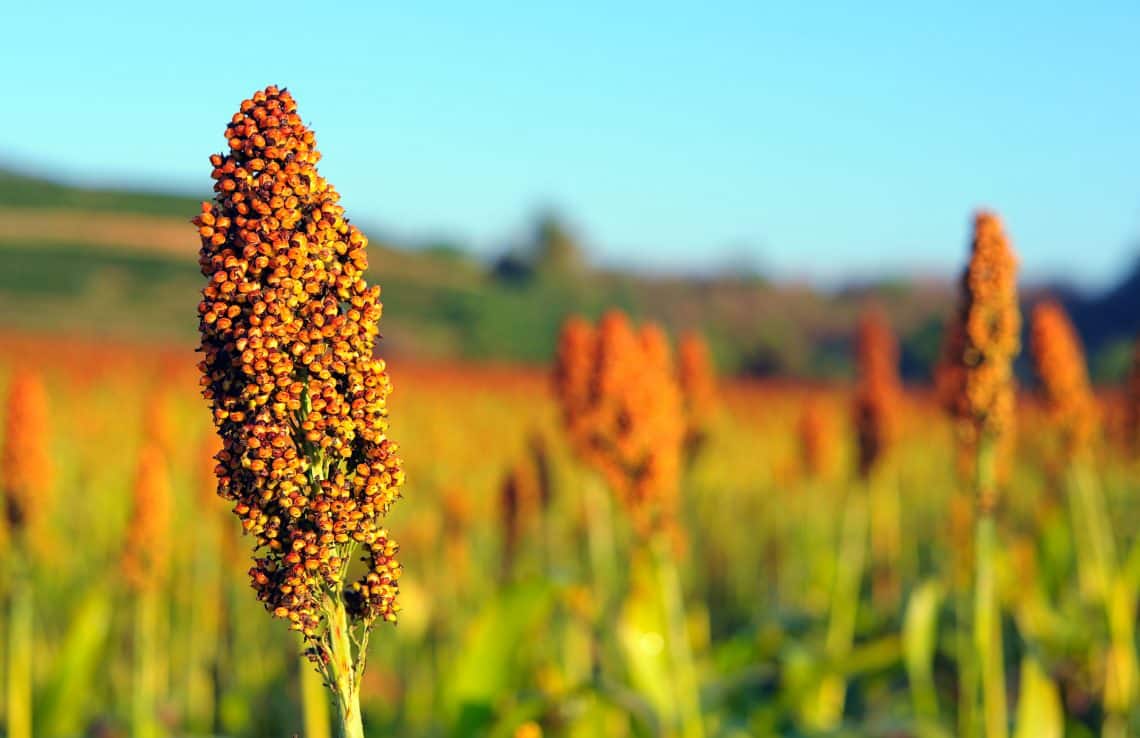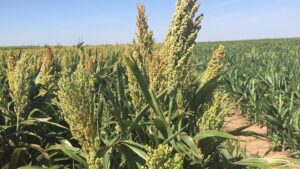Kansas State University researchers are tracking the nitrous oxide emissions associated with grain sorghum production, and its effect on the carbon intensity score, a measure of how much carbon and carbon dioxide equivalent it takes to produce a bushel of grain.
The Intergovernmental Panel on Climate Change (IPCC), a United Nations body that assesses the science related to climate change, has previously reported that direct emissions from sorghum production, derived from the amount of nitrogen fertilizer that is put out, is estimated at 1%.
In this video, Peter Tomlinson, an associate professor in K-State’s Department of Agronomy, explains the current progress of the university’s research. “So far,” he said, “the results have been very positive. What we’re seeing in the field research is that we are about .3% to .4% (direct emissions) depending on location.”
The researchers say the early results are encouraging for producers who are interested in providing sorghum for ethanol production.
To learn more, please view the K-State video about the research being done.
Source: Kansas State











